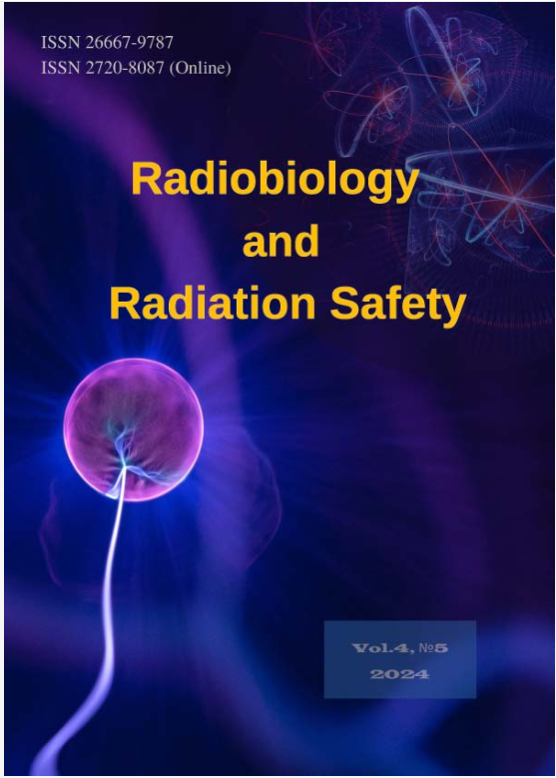NUCLEOLAR DYNAMICS: REARRANGEMENT OF NUCLEOLUS ASSOCIATED CONDENSED CHROMATIN UNDER DNA DAMAGE INDUCED BY DIFFERENT DOSES OF γ-IRRADIATION
Keywords:
Nucleolus, Nucleolar Components, Nucleolus Associated Chromatin, γ-IrradiationAbstract
The nucleolus, a vital nuclear compartment, orchestrates ribosome biogenesis by producing polycistronic transcripts. It integrates gene-rich chromosomal domains, forming nucleolus-associated DNA (naDNA) or nucleolus-associated chromatin (NAC). The nucleolus hosts molecular machinery that guides the transcription of ribosomal genes (r-genes), pre-rRNA processing, and ribosome assembly. These are organized into nucleolar components (NCs). NAC, consisting of intra-nucleolar condensed chromatin (ICC) and peri-nucleolar condensed chromatin (PCC), is less studied, and its functional significance in establishing and maintaining the global nucleolar structure still needs to be elucidated. Previous studies demonstrated the spatiotemporal reorganization of NAC by inhibiting rRNA synthesis with DNA intercalating compound - actinomycin D (AMD), leading to profound changes in ICC and PCC. This study explores the structural reorganization of NAC under severe DNA damage induced by γ-irradiation. The focus is on ICC and PCC to investigate whether physically damaged naDNA retains the ability to move/contract, similar to the chemical inhibition observed with AMD. Histone H2B-GFP permanently transfected He-La cells were utilized for their stability and suitability for time-lapse imaging. γ-Irradiation was applied at 10 Gy (Gray) and 30 Gy doses, followed by post-irradiation imaging for 24-72 hours. Two approaches were employed: post-irradiation LSM imaging of fixed and living cells (time-lapse LSM). The structural organization of NAC, ICC network, and PCC shell were analyzed to understand the spatial changes induced by γ-irradiation. The study reveals that γ-irradiation-induced NAC inactivation dynamics mirror changes observed with AMD-induced rRNA synthesis inhibition. Under both regimes (10 Gy and 30 Gy) of γ-irradiation, ICC structures coalesce, forming more significant and more prominent clumps that migrate toward the PCC shell. This research provides insights into the dynamics of nuclear and nucleolar changes induced by severe DNA damage. The observed similarities between chemical inhibition and γ-irradiation effects on nucleolus-associated chromatin emphasize its significance in nucleolar organization. The study contributes to understanding the spatial changes in nucleolar structure under different modes of cellular stress.



